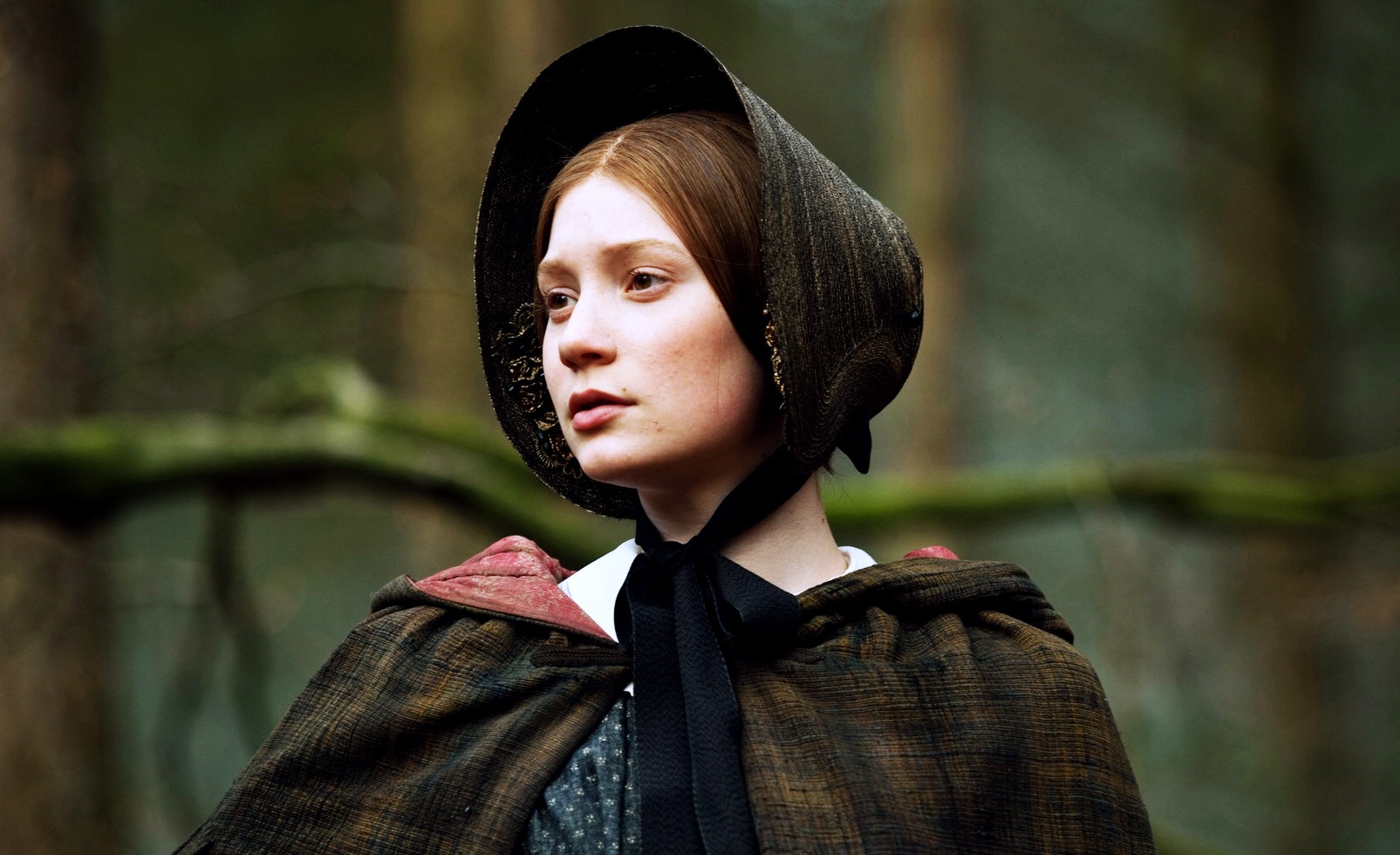A GLANCE TO THE INTERIOR
CONSTRUCTION OF JANE EYRE
It is evident that the classic novel Jane Eyre, written
by Charlotte Brontë, and the movie with
the same name, directed by Cary Joji Fukunaga, brings to the light a lot of
features related with the life of a young lady that may represents the role of
any other woman in the last century and even in the current one. I would say
that this is the improved version of Cinderella, which leaves behind the fairy
tales and its prince, and yield to a more sophisticated and dramatic story that
offers a perspective closer to reality. Taking into account Sigmund Freud´s
theory regarding psychoanalytic criticism in the novel Jane Eyre, it is
conceivable to remark the aspects of the unconscious and the constitution of
personality (Id, Ego and Superego) of Jane’s role along the narrative.
Freud details the idea that all the actions that people
tend to perform in life is motivated by certain internal power that belongs to
the unconscious. In this sequence, Jane Eyre had a lot of thoughts, feelings,
and events that had experienced and that came from her childhood. Since her
first years of life she became a parentless child, passing to live with her
aunt - who gave her mistreatment and humiliations – she started to subsist
facing adversities that in certain way generated several changes inside her.
All those events began to put on her unconscious the bravery and strength enough
to struggle with all the kind of treatments she received during her infancy.
All the incidents she experienced made of her a strong woman and encouraged her
to fight for a kind of freedom and dignity to reach the person´s model that she
would be later on.
From another point of view but linked to this last idea,
Freud states some aspects that are part of people’s personality, which are the
Id, the Ego, and the Superego. These latest ones are considered by Freud as a
whole iceberg in the sense that some aspects are shown to the external world
whereas some others are hidden and incapable to be seen (MacLeod, 2016). In
this angle it is possible to compare these three items with the moment in which
Jane realizes that she fell in love with Mr. Rochester but their union cannot
be done.
The Id is the pleasure principle, totally unconscious,
and is in charge of containing the forbidden desires or what an individual
really wants. In this case, Jane’s Id attracts her to stay with Mr. Rochester at
home even knowing that he was already married, at any rate she loved him. However,
the Superego convinced her about the respect she must to have with herself and
the relevance of the personal values that she had been constructing along the
years, considering that the Superego is conscious and is in charge of being the
“angel of the shoulder” and containing the society´s norms and guilt feelings.
Finally, the ego is defined as the reality principle and the one in charge of
making a connection between the Id and the Superego. That is why Jane’s ego at
last decides to go away from Mr. Rochester’s to another place not with the aim
to forget her lover, but to return later when things were appropriate and safe.
In conclusion, if we think about the significant
characteristics hidden inside Jane Eyre novel regarding her personality and her
performance in the story, and if we use the kind of glasses that allow us to
see as Sigmund Freud proposal since a psychoanalytic standpoint, it is
important to say that Jane Eyre behaviors are created based on certain patterns
of personality model that had place on her conscious and unconscious, which in
turn permitted her to surpass the frustration and the solitude and scorn feeling
of her childhood; and to develop a very high level of self-esteem and liberty.
BIBLIOGRAPHY

